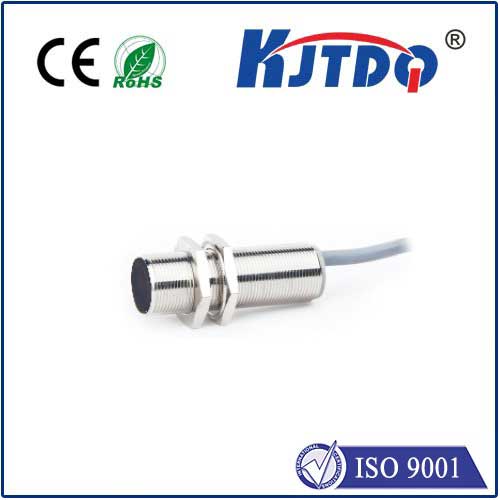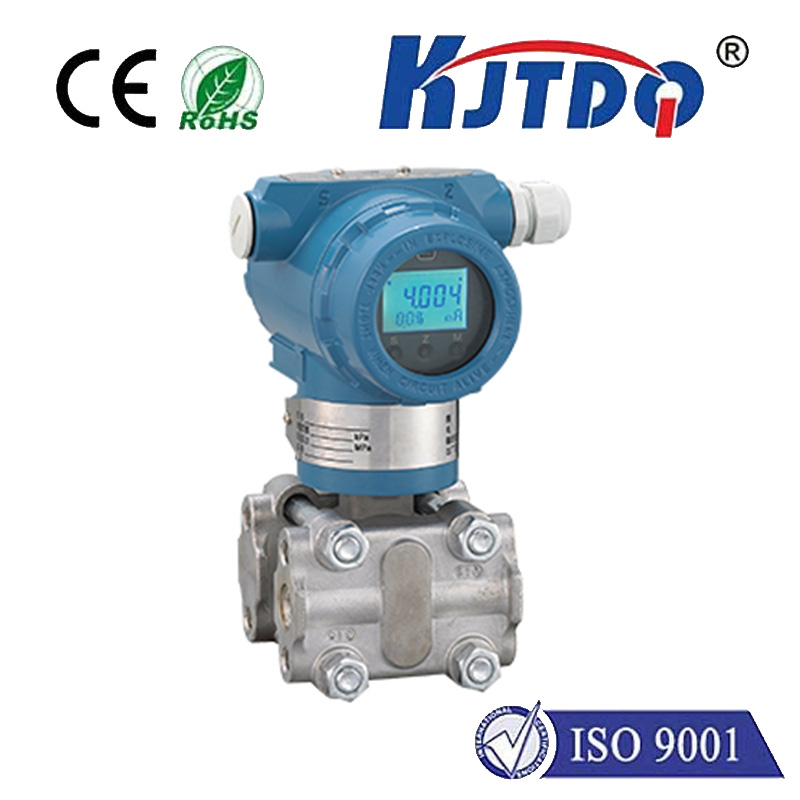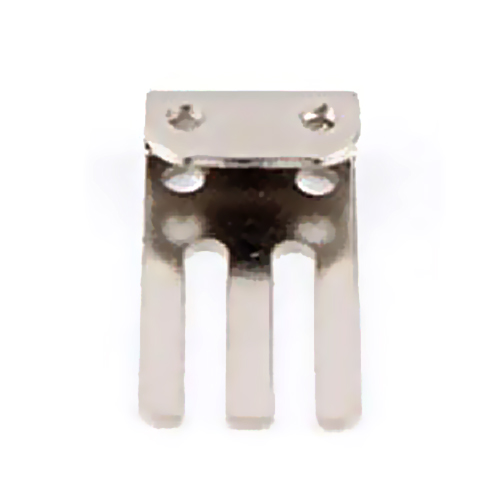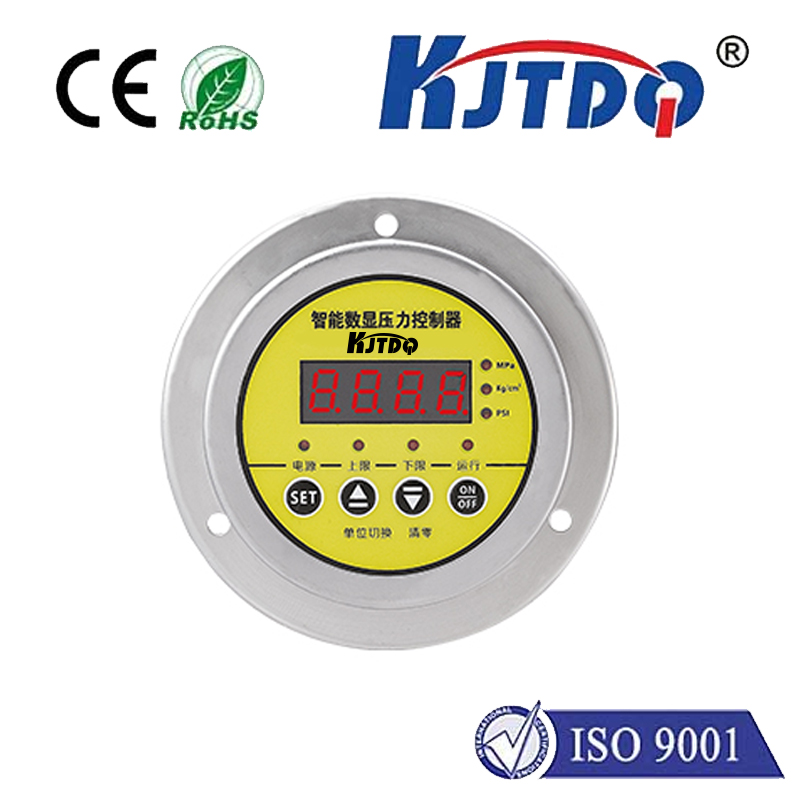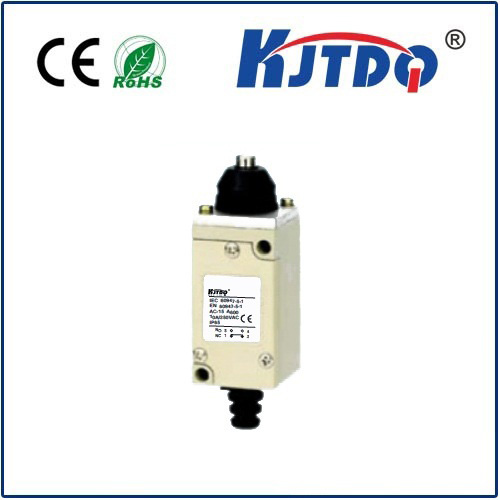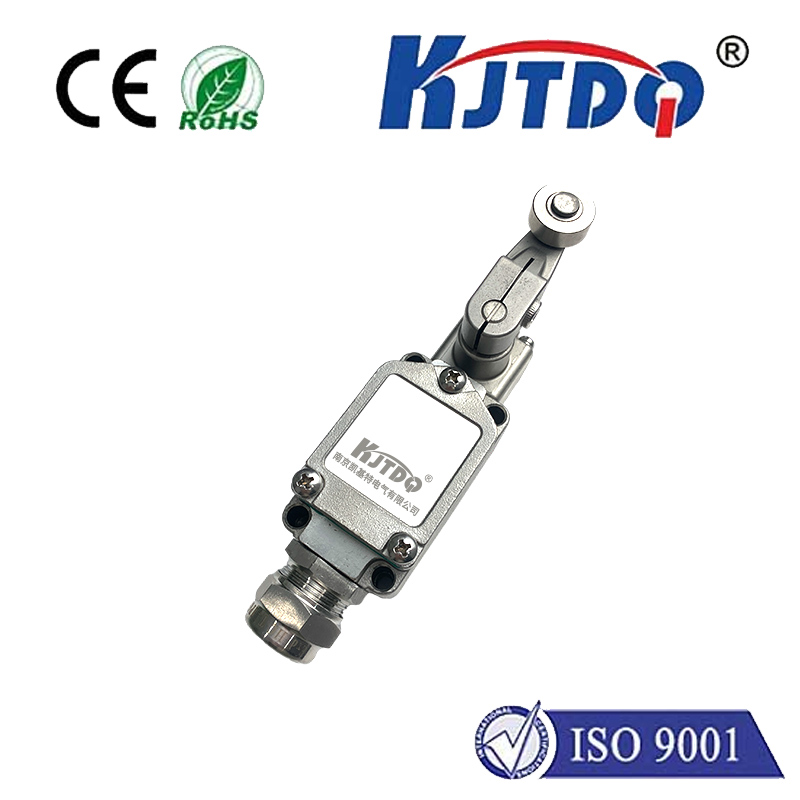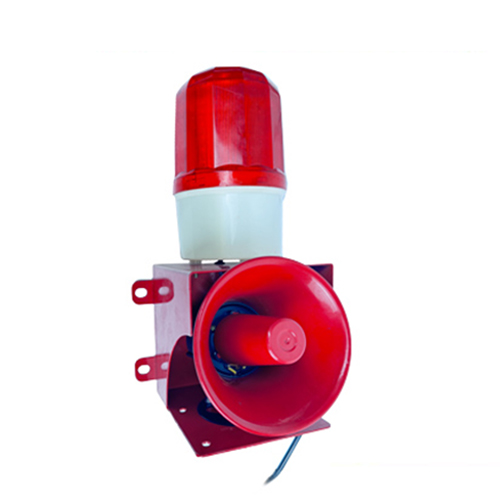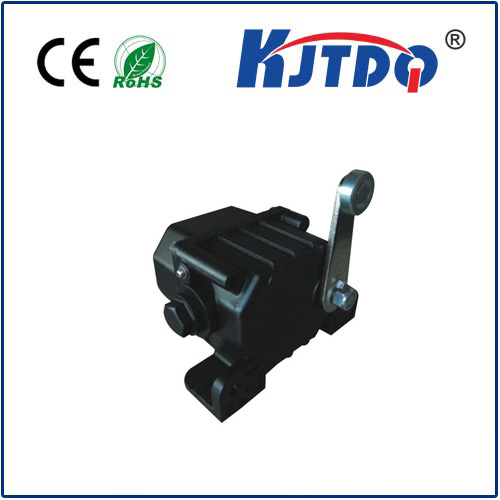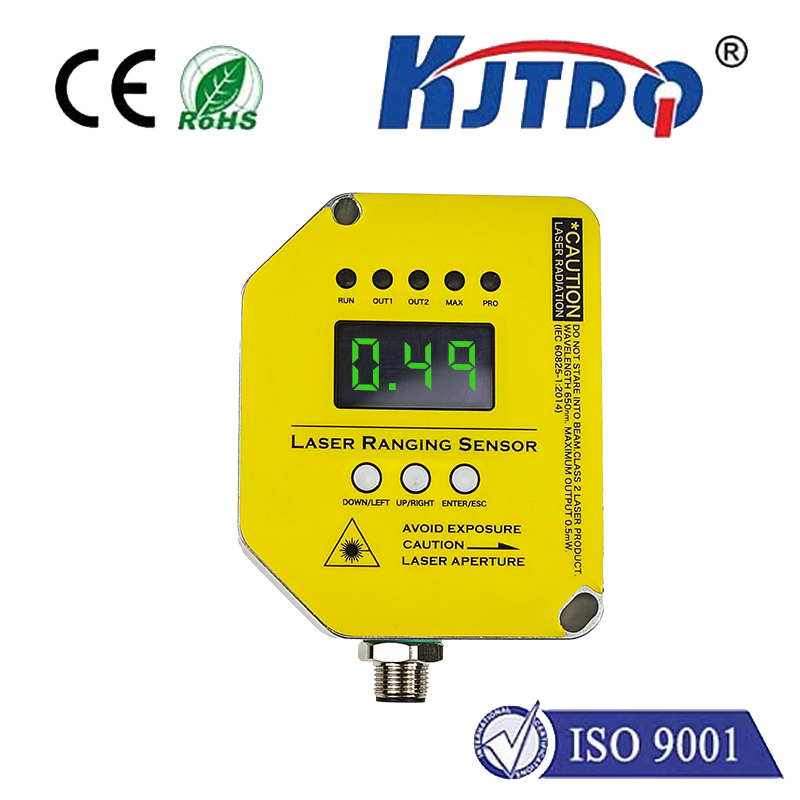

check

check

check

check

check

check

check

check

check

check
Title: Understanding Limit Switch Cables and Their Importance in Control Systems
In control systems, limit switch cables play a crucial role in ensuring the accurate and safe operation of machinery. These cables are designed to detect the presence or absence of a limit switch, which is a mechanical device that triggers an alarm or stops the motion of a machine when it reaches a certain point. In this article, we will discuss the importance of limit switch cables, their function, and how to select the right one for your application.
Section 1: The Function of Limit Switch Cables
Limit switch cables are used in various control systems, including industrial robots, elevators, and conveyor belts. They work by connecting the limit switch to a controller or other input devices, allowing the system to monitor the position of the machine and make informed decisions about its operation. When the machine reaches a specified position, the limit switch opens, sending a signal to the cable that triggers an action. This action can be anything from stopping the machine to alerting a human operator or automatically adjusting the machine's settings.
Section 2: Types of Limit Switch Cables
There are several types of limit switch cables available on the market, each with its own unique features and advantages. Some of the most common options include:
1. Spring-loaded limit switches: These cables use a spring mechanism to detect the presence or absence of the limit switch. They are simple to install and maintain but can be prone to errors due to the movement of the spring.
2. Optical limit switches: These cables use light beams to detect the position of the limit switch. They are highly accurate and reliable but can be more expensive than other types of cables.
3. Electromechanical limit switches: These cables use a combination of mechanical components (such as gears) to detect the position of the limit switch. They are robust and durable but can be complex to install and maintain.
Section 3: Factors to Consider When Choosing Limit Switch Cables
When selecting a limit switch cable for your application, there are several factors you should consider, including:
1. Application requirements: Different types of cables are suitable for different types of applications. For example, optical limit switches may be best for high-precision tasks, while electromechanical limit switches may be more appropriate for heavy-duty machinery.
2. Operating environment: The operating environment in which the machinery will be used can also affect the choice of limit switch cable. Factors such as temperature, moisture, and dust levels should be taken into account when selecting a cable that can withstand these conditions.
3. Connectivity options: Some limit switch cables come with built-in connectors for easy integration with existing control systems, while others may require additional hardware such as relays or sensors.
Section 4: Best Practices for Using Limit Switch Cables
To ensure optimal performance from your limit switch cables, it is important to follow some best practices when installing and using them:
1. Follow manufacturer's instructions: Always consult the manufacturer's instructions when installing or using limit switch cables, as they provide detailed information on how to properly configure and operate the cables.
2. Regularly inspect and maintenance: Regularly inspect your limit switch cables to check for any signs of wear or damage, and perform necessary maintenance such as cleaning or replacement as needed.
Conclusion: Limit Switch Cables Play an Important Role in Control Systems
In summary, limit switch cables are critical components of control systems that enable accurate and safe operation of machinery. By understanding their function, types, selection factors, and best practices, you can ensure that your limit switch cables meet your specific needs and help keep your machinery running smoothly for years to come.

